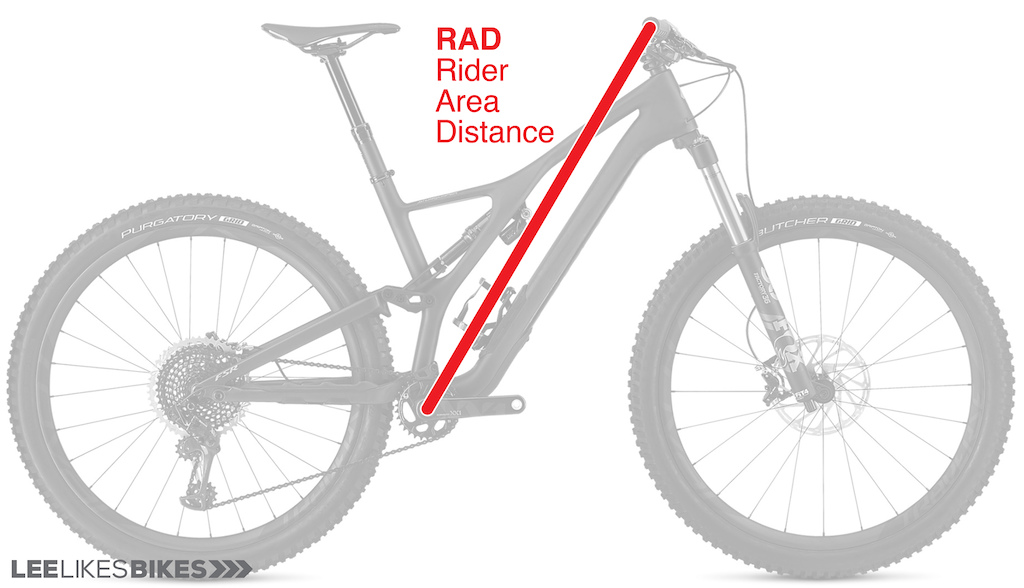Should ETT be considered when sizing bikes, or is it all Reach with modern geo bikes?
Keen to hear what everyone thinks about Effective Top Tube Length vs Reach when sizing modern geo bikes?
I'm 176cm tall and typically fall in between M and L in sizing calculators, more typically in the M side.
I have a Scott Spark in M, which isn't modern geo, that feels ok with a reach of 432 and a ETT of 605, but I suspect a longer stem is playing a part in the size feeling ok.
I have also spent some good time riding a GT Sensor 29 in M, which is a more modern geo, with a reach of 445 and a ETT of 593. This feels really cramped when seated. Especially climbing.
This has got me thinking that while the Reach will help determine how long the bike feels when in attack position, the ETT is important to indicate if it will feel cramped when seated. Does everyone agree?
I'm starting to think about a new frame, and not sure how to approach sizing. Ideally I'd demo a bunch of different bikes, but it's not that easy to organise a demo where I am, and I find short rides don't really provide enough time to get a good understanding about how I might adjust to the size in the long run, since both will be ok... but I want more than ok
Keen to hear what everyone thinks about Effective Top Tube Length vs Reach when sizing modern geo bikes?
I'm 176cm tall and typically fall in between M and L in sizing calculators, more typically in the M side.
I have a Scott Spark in M, which isn't modern geo, that feels ok with a reach of 432 and a ETT of 605, but I suspect a longer stem is playing a part in the size feeling ok.
I have also spent some good time riding a GT Sensor 29 in M, which is a more modern geo, with a reach of 445 and a ETT of 593. This feels really cramped when seated. Especially climbing.
This has got me thinking that while the Reach will help determine how long the bike feels when in attack position, the ETT is important to indicate if it will feel cramped when seated. Does everyone agree?
I'm starting to think about a new frame, and not sure how to approach sizing. Ideally I'd demo a bunch of different bikes, but it's not that easy to organise a demo where I am, and I find short rides don't really provide enough time to get a good understanding about how I might adjust to the size in the long run, since both will be ok... but I want more than ok





